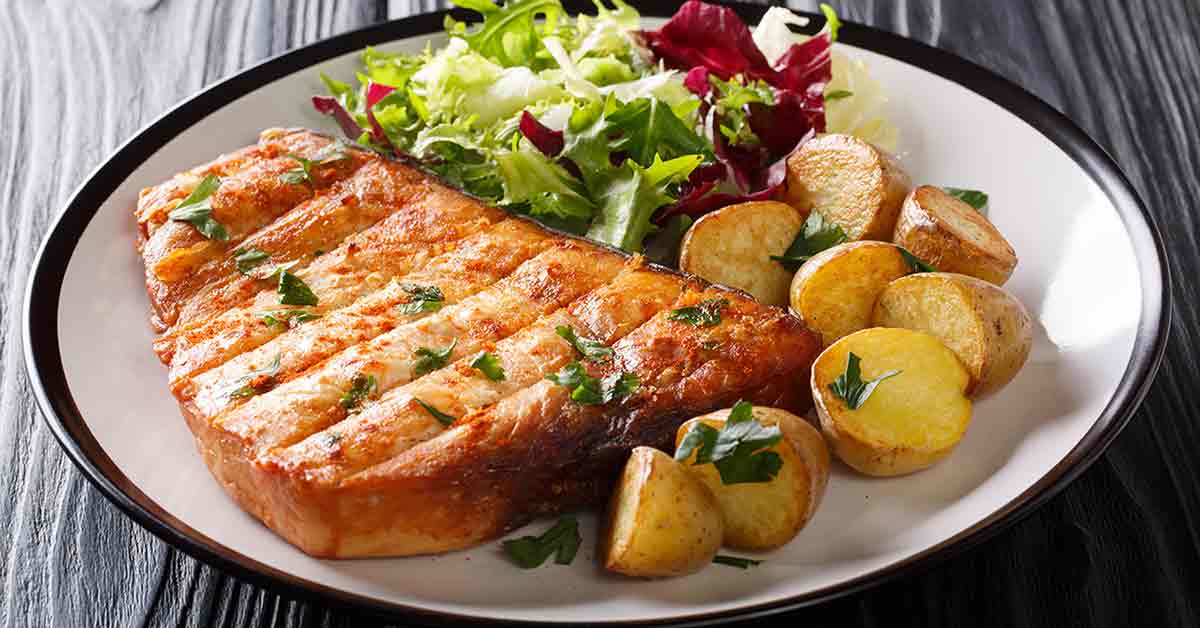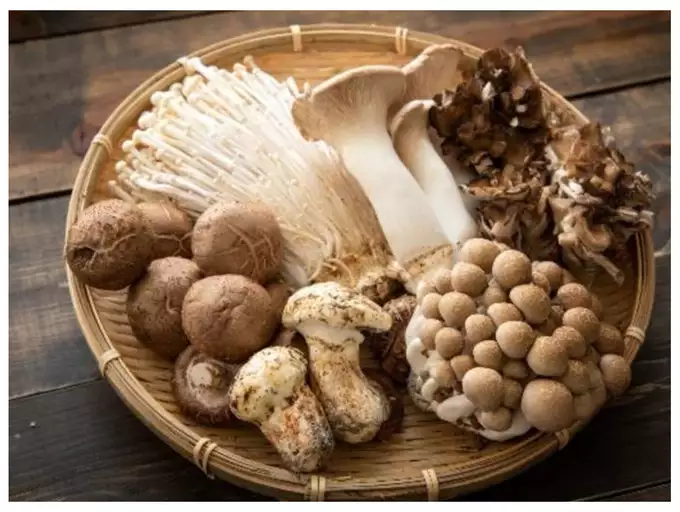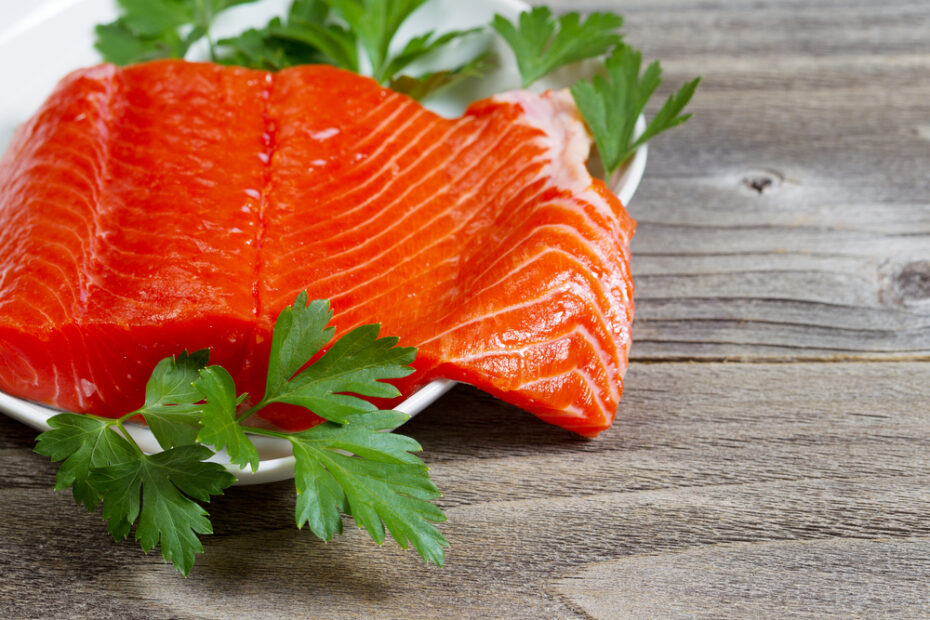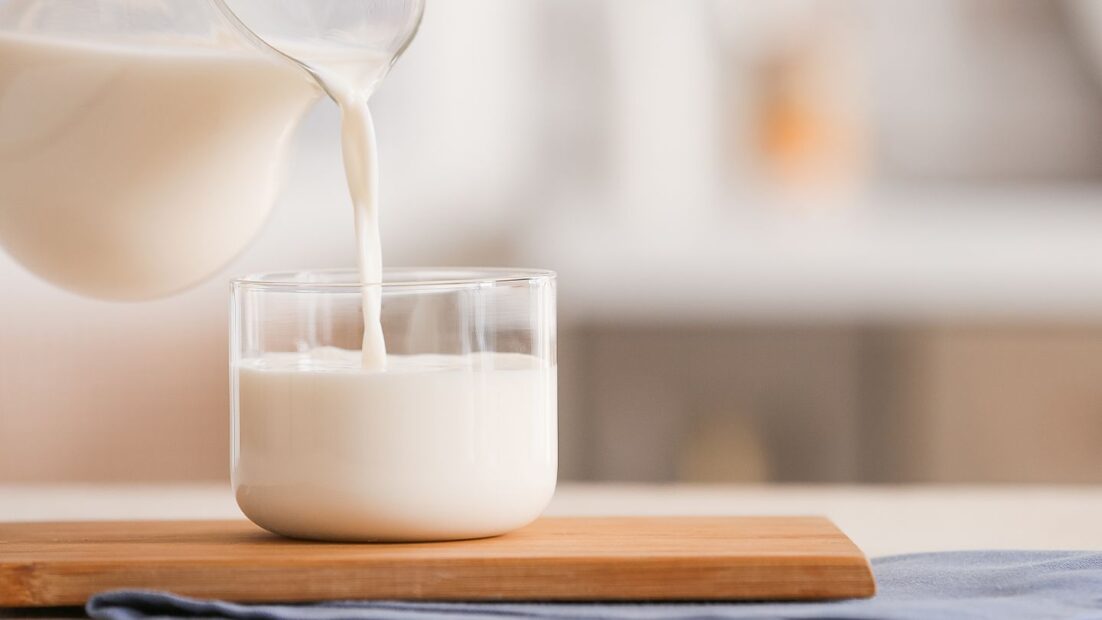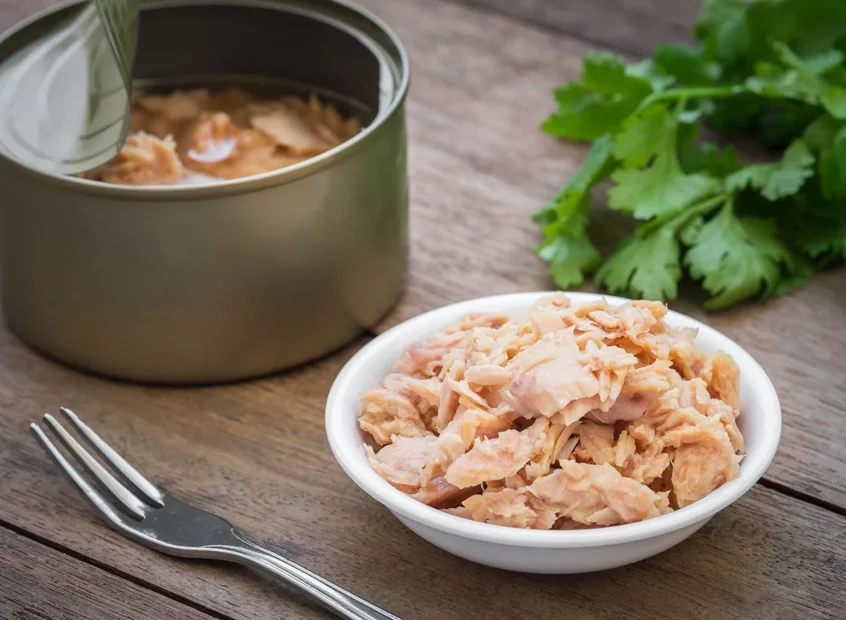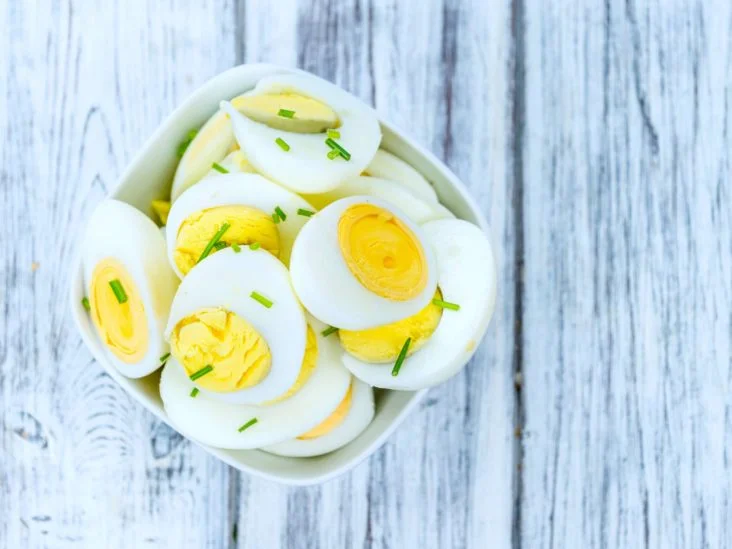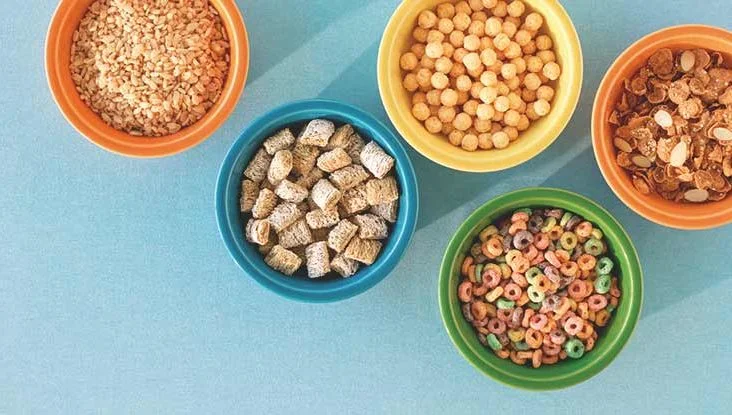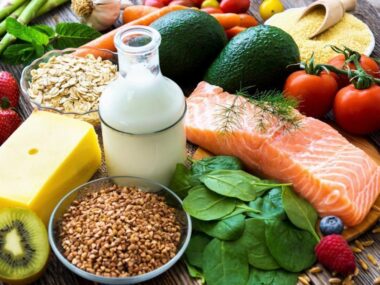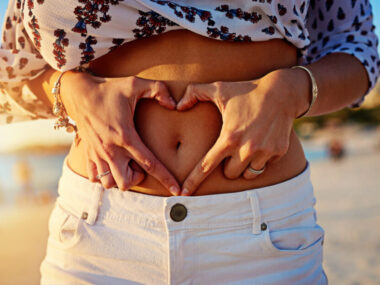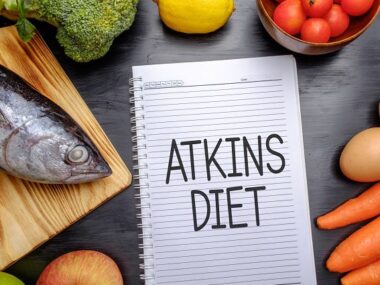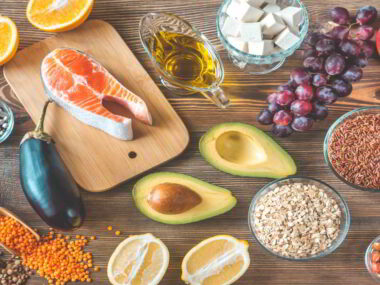Is there enough Vitamin D in your diet? This vitamin is very important for developing healthy cells, keeping your immune system booming to chase off illness, and helping in calcium absorption so your bones remain strong. It also helps ward off bone disease rickets in children, and with calcium, the so-called Sunshine Vitamin can help protect against osteoporosis in older adults, the National Institutes of Health (NIH) notes.
Vitamin D is made in your body when the sun’s ultraviolet rays hit your skin, and the recommended daily allowance (RDA) of vitamin D is 600 international units (IU), which is 15 micrograms (mcg) for most adults, according to the NIH. For those older than 80, the RDA is 800 IU (20 mcg).
Yet many people don’t get enough vitamin D via sunlight, neither is food a good source of the nutrient, says Lori Zanini, RD, a Los Angeles–based dietitian.
People basically don’t exceed 288 IU per day from diet alone. Even if you drink milk packed with vitamin D, 8 fluid ounces (oz) has only 100 IU — one-sixth the amount that you need daily. No wonder 41.6 percent of Americans have a vitamin D deficiency, per a study. A vitamin D deficiency means you have 20 nanograms per milliliter or less of the nutrient in your blood. If you are nonwhite, obese, or you did not attend College, you may be at greater risk for being vitamin D deficient. Your healthcare provider can test your blood to find out for sure.
To fix this, you can opt for supplements. Zanini recommends vitamin D3 (cholecalciferol), which is found in animal sources of food and is generally better absorbed in the body, though plant-derived vitamin D2 (ergocalciferol) is used in supplements as well. Yet research is mixed on whether vitamin D supplements offer concrete health benefits. Authors of a study published in January 2019 in The New England Journal of Medicine theorized that there is a reduced cancer risk for African Americans who take vitamin D supplements, as well as a significantly lower death rate in people with cancer who take them. But mainstream studies published recently, including an October 2018 review in The Lancet, have not shown benefits from supplementation, despite prior hype about it.
“Getting vitamin D from food is a must,” says Zanini. Make sure your diet is rich in the following fare, so you can raise the bars of your vitamin D intake.
1. Eat Swordfish — but in Moderation
Swordfish is another favorite of Zanini’s. Three cooked ounces provide 566 IU per serving, which nearly gets you to your daily recommended intake of vitamin D, according to the NIH. “The American Heart Association [AHA] recommends eating at least two servings of fish per week, and this fish is versatile and tasty,” she adds. The AHA advises children and pregnant women to avoid large fish, such as swordfish, because they have higher levels of mercury contamination than smaller, less long-lived species. Yet the health benefits for older adults in particular outweigh the risks, according to the organization.
Try swordfish in kebabs complete with onions, green bell peppers, mushrooms, and cherry tomatoes.
2. Eat Mushrooms for a Versatile Vitamin D Punch
While mushrooms don’t naturally offer a high amount of vitamin D, some are treated with UV light, providing a larger dose of the nutrient as a result. The vitamin D amounts will vary depending on the amount of UV light the mushrooms are exposed to, according to the Agricultural Research Service. A serving has between 124 and 1,022 IU per 100 grams (g).
Growers such as Monterey Mushrooms produce varieties high in vitamin D, but you have to read the labels. Once you have them, add sautéed mushrooms to eggs or fish for a meal even richer in vitamin D. Or make a more substantial mushroom dish, such as veggie-stuffed portobellos.
3. Sockeye Salmon Is a Source of Protein
Not only is salmon a great option if you’re looking for protein to add to your diet but it’s also rich in the Sunshine Vitamin. According to the NIH, 3 oz of cooked sockeye salmon has about 447 IU of vitamin D. “In addition to vitamin D, salmon is a great addition to anyone’s diet, with it also being a good source of healthy protein and omega-3 fatty acids,” says Zanini. According to the NIH, fish offer two critical omega-3s: eicosapentaenoic acid and docosahexaenoic acid, which you must get through food. Omega-3s help keep your immune, pulmonary, endocrine, and cardiovascular systems healthy.
4. Fortified Milk Offers a Double Whammy: Vitamin D and Calcium
In addition to being an excellent source of calcium, 8 fluid ounces (fl oz) of milk has between 115 and 124 IU of vitamin D, the NIH notes. Be sure to check the label of your favorite brand for the exact amount. Fortified plant-based milks, such as soy and almond, can provide similar amounts of vitamin D, as well.
Enjoy a cold 8 oz glass of your preferred fortified milk straight up, blend it into a smoothie, or use it to whip up your choice of coffee drink.
5. Canned Tuna Packs More Than 25 Percent of Your Daily Goal
According to the NIH, 3 oz of canned tuna in water contains 154 IU of vitamin D. The affordable cupboard staple is great for easy lunches like a classic tuna sandwich or tuna salad.
Put a healthy twist on the deli favorite with this artichoke and ripe-olive tuna salad recipe. Or include it on your dinner plate with a delicious comfort food meal like healthy tuna casserole with rigatoni. “Tuna is accessible and affordable, making it a great option for anyone,” says Zanini.
6. Eggs Contain Protein and Immunity-Boosting Benefits
Egg yolks have historically gotten a bad rap for raising levels of LDL (“bad”) cholesterol, as Harvard Health Publishing notes. But skipping them in favor of egg whites means you’ll miss out on some of the protein and several of the minerals in yolks, such as zinc and selenium, which play a role in boosting your immune system. And you’ll miss out on vitamin D, too. One egg yolk has 41 IU, 10 percent of your daily value, per the NIH. Enjoy them in moderation.
7. Cereal Can Be Fortified With Vitamin D, and Oatmeal Offers Fiber
A packet of unsweetened, fortified oatmeal can add a solid dose of vitamin D to your diet. Ready-to-eat fortified cereal typically gives you 40 IU of vitamin D per serving, per the NIH, but it may provide more if you choose a more heavily fortified cereal, like Raisin Bran, which has 60.2 IU per cup, notes the U.S. Department of Agriculture.
Fortified cereal can be a solid base for a nutrient-rich, high-fiber meal — especially if you add fortified low-fat or fat-free milk to your bowl for an extra 60 IU per half cup. Or you can be more adventurous and make a breakfast cookie that includes both fortified cereal and vitamin D–fortified margarine.
8. Fortified Yogurt Makes for a Gut-Healthy Snack
Yogurt is a convenient, tasty snack — and when consumed plain or with fresh fruit, it’s healthy, too. This type of dairy is an excellent source of good-for-the-gut probiotics, and reaching for a fortified variety will knock off between 10 and 20 percent of your daily requirement of vitamin D, depending on the brand. Many fortified varieties are flavored (meaning they’re likely to be sugar bombs), so read the nutrition label to find out what you’re getting. The AHA recommends a max of 9 teaspoons (tsp) or 26 g of added sugar for men per day and a max of 6 tsp or 25 g of added sugar for women per day.
Try cooking a meal with plain yogurt for a vitamin D – enhanced entrée: This Middle Eastern–style chopped vegetable salad includes greens, herbs, and grains and also uses a cup of plain yogurt. It is a cooling alternative to a hot dish.
